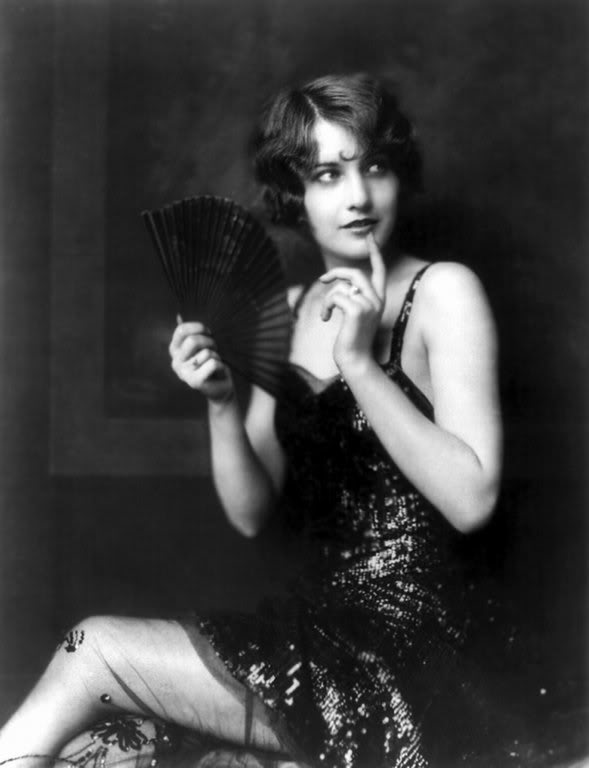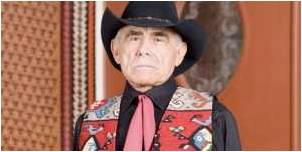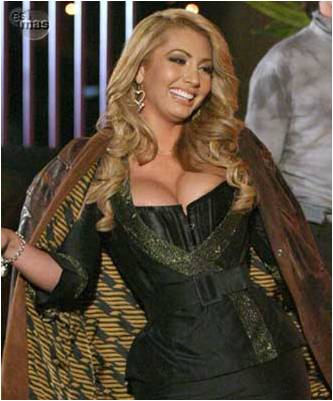As a medium of communication which provides an audience with news, culture, entertainment and education, television is multifaceted.
 
I found that these soap operas have had a gargantuan impact on audiences across the Americas. Through studying the scholarly discourse on television, and viewing case studies of audience reactions, I can conclude that television provides a connection; from the box in your living room, television connects it’s viewers to the world. What I have also found is that the soap operas of my grandmother have a profound message within them – the Spanish soap opera – the telenovela – reinforces stereotypes of Latinos in the US.
When I say Latinos, I am talking about Spanish-speaking people who emigrated from Spanish-speaking countries or people of Spanish descent living in the US. I hold that these soap operas present three recurring stereotypes – La mujer vanidosa (The Vain Spanish Female); El hombre machista (The Macho Spanish Male); and El hombre homosexual (The Gay Spanish Male).

El hombre machista The Macho Spanish Male

La mujer vanidosa The Vain Spanish Female

El hombre homosexual The Gay Spanish Male
My aim is to investigate and articulate how these characters are portrayed in three separate telenovelas which I consider to include vibrant examples of the stereotypes – starting in the late 90’s until now. I came upon these three characters as I found articles and watched soaps which seemed to include either all three or none of the stereotypes. And from much comparison, I (at a later time) concluded that the three stereotypes are dependent on each other for their existence in the telenovela.
In order to explain and critique these stereotypical characters in the telenovelas, I must look at three separate disciplinary fields to understand how and why the stereotypical triumvirate exists: the study of television as a medium; gender and women’s studies; the study of queer theory; and finally the history of telenovelas. In doing so, I will be able to investigate how Spanish males and females are portrayed in television using current scholarly debate surrounding each discipline. In the second half of this essay, I will explain how telenovelas have impacted audiences through their entertainment-educational content to demonstrate the influence of the telenovela – ultimately concluding that if telenovelas educate, they can also discriminate. I will provide evidence from the telenovelas themselves for this half.
At the same time, we must also define what stereotypes are. Before I began to classify the stereotype, I researched the numerous meanings of stereotype, and found one recurring definition. According to French sociologist Claude Steele, “stereotypes are standardized and simplified conceptions of groups based on some prior assumptions.” For this paper, we will adhere to Steele’s definition. Finally, the portion of this paper will be arguing how stereotypes are used negatively. In many cases, stereotypes can also educate positively, like ‘walking at night is dangerous if you are alone in a city.’ I am only focusing on the negative externalities of the stereotype in the soaps.
My hope is to provide the reader with the information necessary to understand how these three stereotypes - La mujer vanidosa (The Vain Spanish Female); El hombre machista (The Macho Spanish Male); and El hombre homosexual (The Gay Spanish Male) exist in the telenovelas and how they indirectly become stereotypes, using academia, direct observation of various telenovelas and two audience studies from two telenovelas.
|